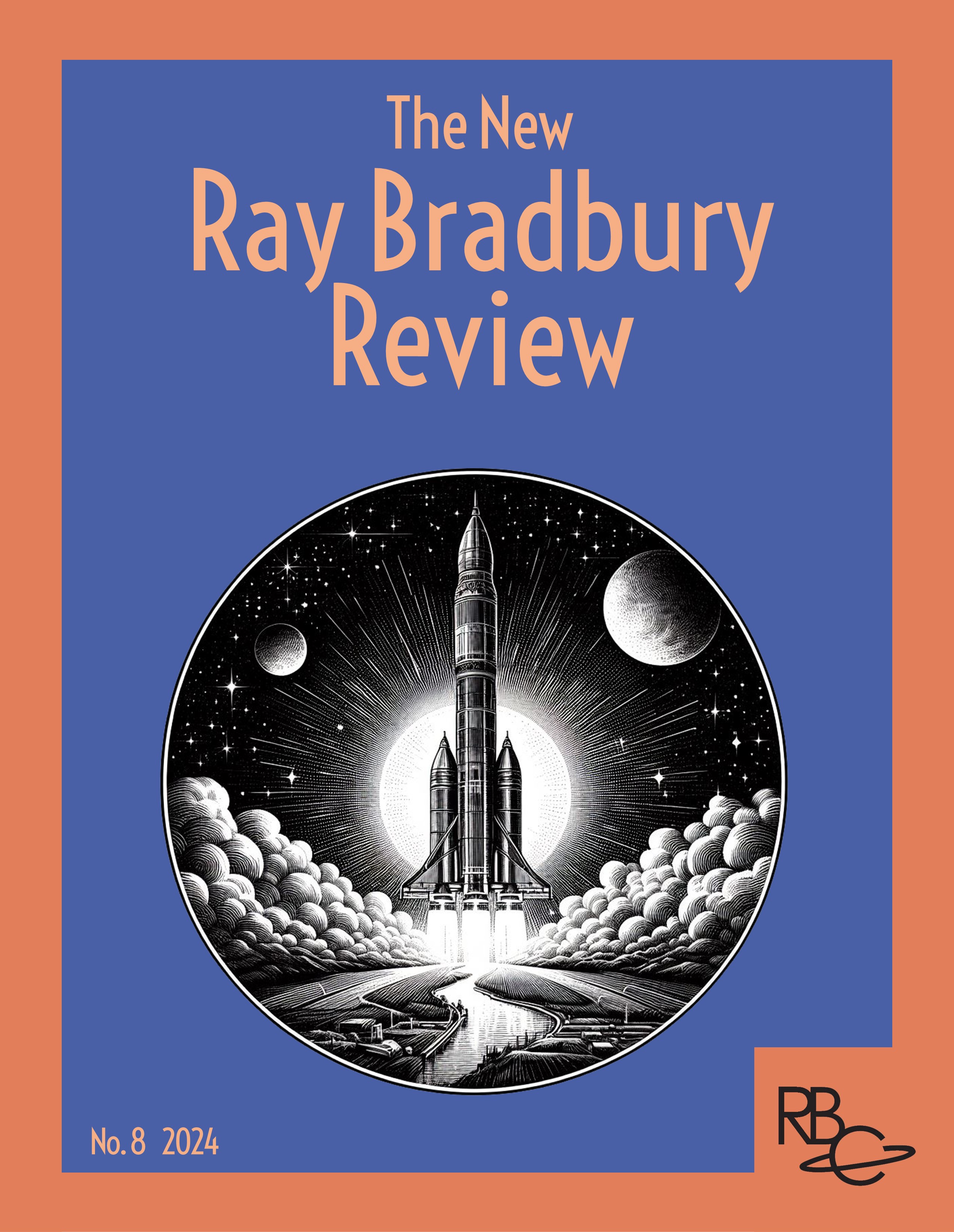Into the Space
Analysis of the Impact of Space and Technology in Selected Stories of Ray Bradbury’s The Illustrated Man
DOI:
https://doi.org/10.18060/28543Keywords:
The Illustrated Man, space travelAbstract
Ray Bradbury’s The Illustrated Man (1951) presents space as a convoluted site of exploring one’s inherent desire to carve a space for oneself or to explore extraordinary spaces. The stories variously examine how space technology provides an anticipation of freedom from the normative life, cumulating the desire for the other, unknown world, and show how the liminality (or the failure) of desire, results in the emergence of cataclysmic events or unresolved ends. Each story unwinds into different aspects of the theme, examining how the desire for space and to be in space affects individuals, families, and society as a whole.
The present paper analyzes key stories from the collection—namely “Prologue,” “The Veldt,” “Kaleidoscope,” “The Rocket Man,” “The Exiles,” and “The Rocket”—to explore the intersectionality of space, fantasy, and desire as powerful components in understanding the impact of technology, as well as the subsequent gap created by it within ourselves.
Downloads
Published
How to Cite
Issue
Section
License
Copyright (c) 2024 Devika Yadav

This work is licensed under a Creative Commons Attribution-NonCommercial 4.0 International License.
The New Ray Bradbury Review is published under an Attribution-NonCommercial 4.0 International (CC BY-NC 4.0) Creative Commons License. All content is freely available without charge. Readers are permitted to read, download, copy, distribute, print, search, or link to the full texts of the articles, or use them for any other lawful purpose, without asking prior permission from the publisher or the author(s).


